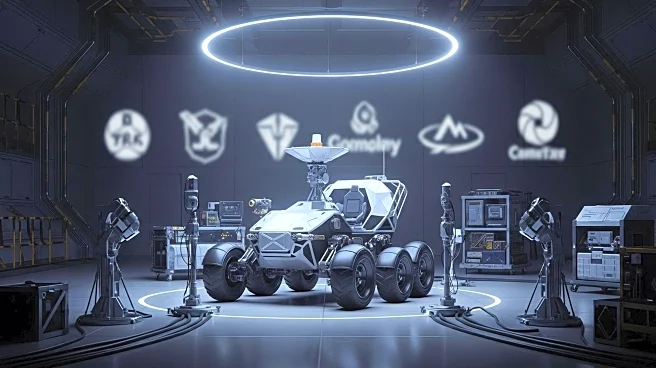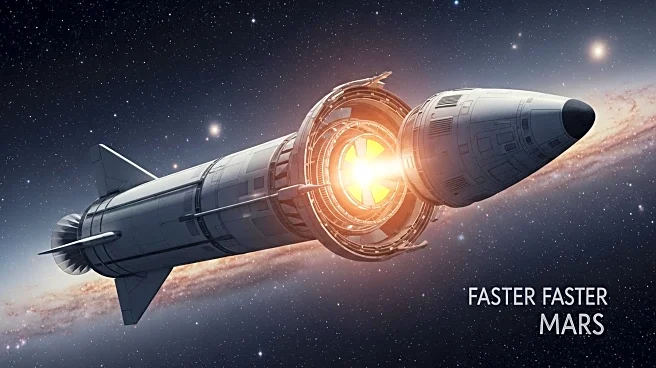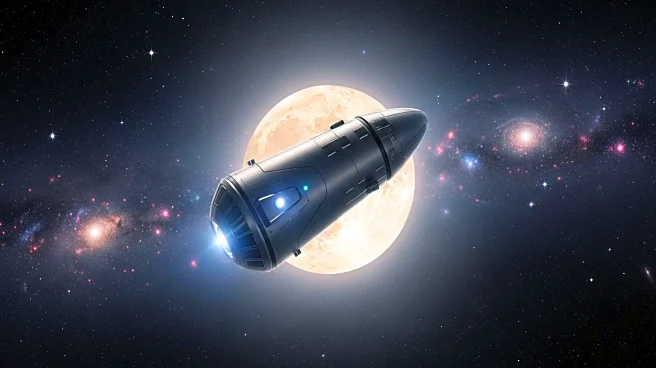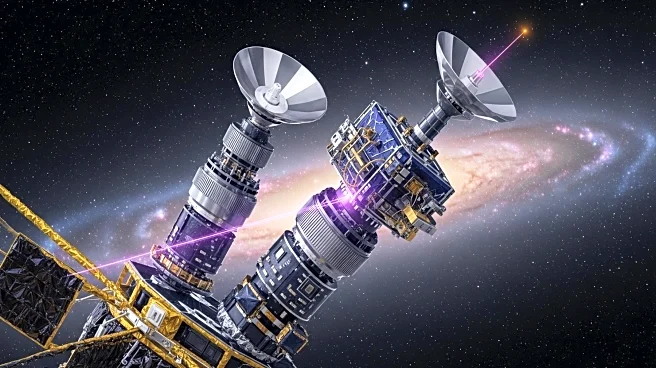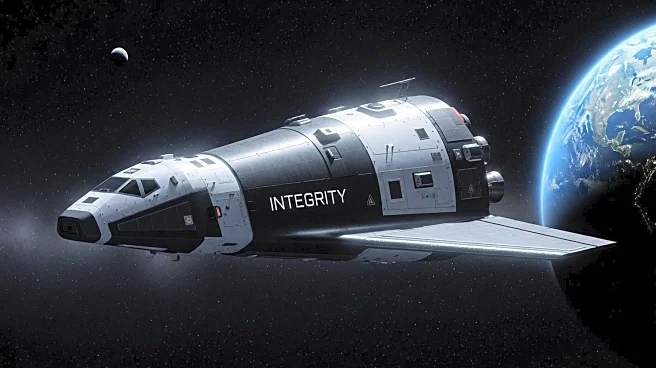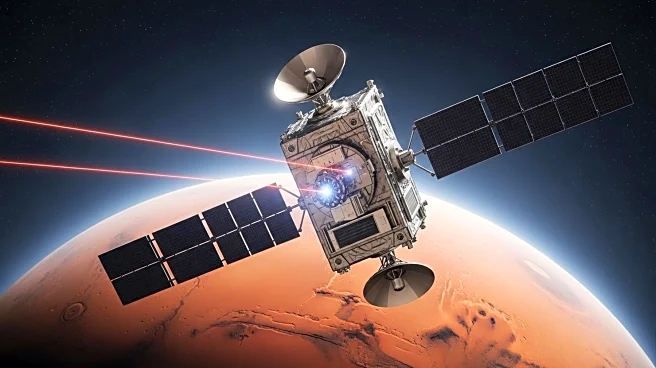What's Happening?
A new concept for Mars exploration involves using wind-driven spherical rovers, known as Tumbleweed rovers, to conduct large-scale, low-cost exploration of the Martian surface. Recent experiments have validated the feasibility of these rovers, which are designed to harness Martian winds for mobility. The rovers could autonomously gather environmental data and provide a comprehensive view of Mars' atmospheric and surface processes. The concept was presented at the Europlanet Science Congress and the Division for Planetary Sciences meeting, showcasing successful tests in wind tunnels and field environments.
Why It's Important?
The Tumbleweed rover concept offers a cost-effective solution for Mars exploration, potentially enabling more extensive data collection than traditional rovers. By utilizing wind power, these rovers could cover vast distances and provide valuable scientific insights into Mars' environment. This approach could democratize space exploration, allowing more countries and organizations to participate in Mars research. The development of such innovative technologies highlights the ongoing efforts to make space exploration more accessible and sustainable.
What's Next?
Further development of the Tumbleweed rover concept will involve integrating more sophisticated instruments and refining the rover's dynamics models. Upcoming field tests in Mars-like environments, such as the Atacama Desert, will assess the rovers' capabilities and coordination strategies. Successful implementation could lead to the deployment of Tumbleweed rovers on future Mars missions, potentially transforming how scientists study the planet and paving the way for new exploration strategies.

